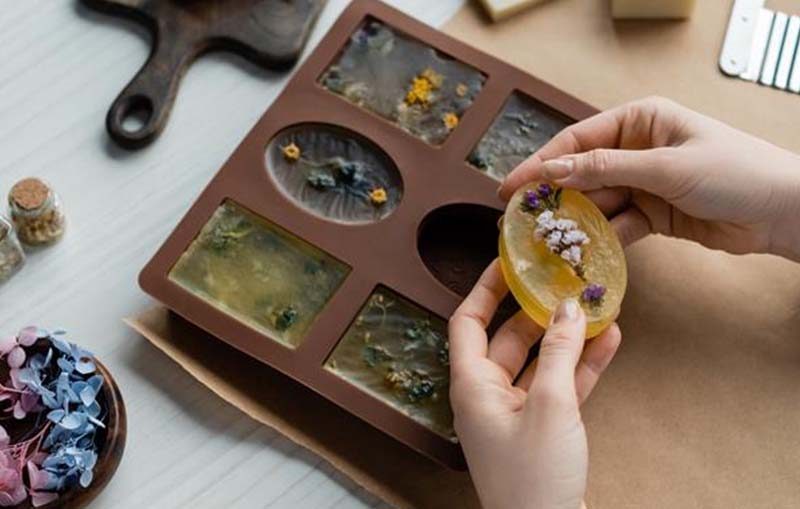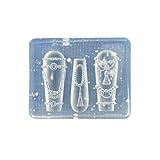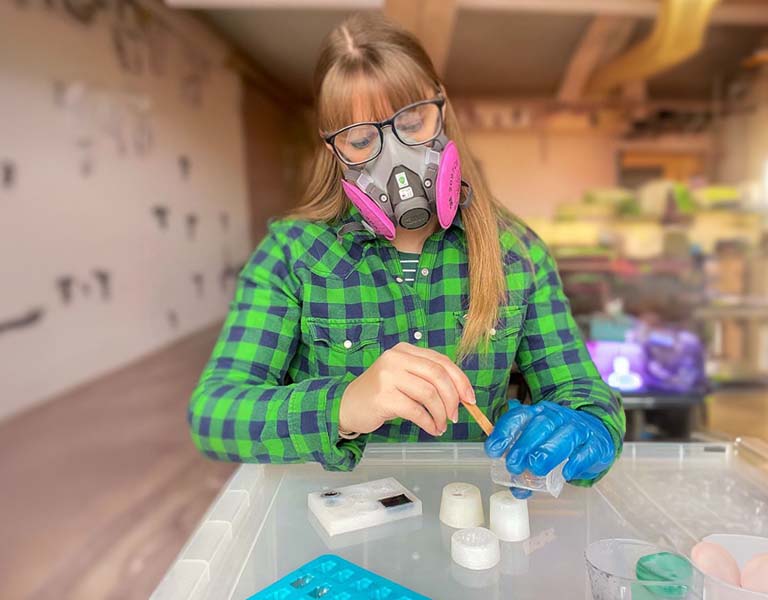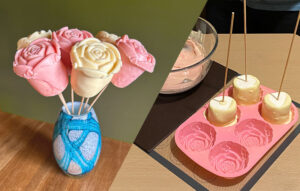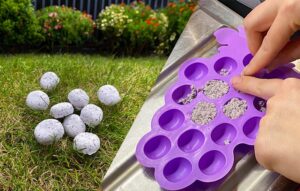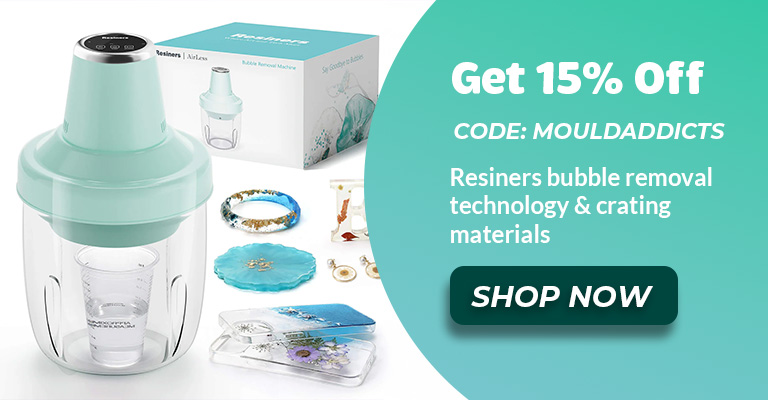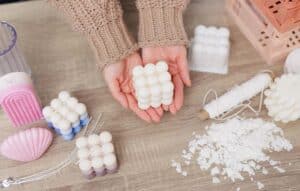Before diving into the intricacies of molds, let’s start with a basic definition. A mold is a structured container designed to shape materials into specific forms.
It serves as a template for producing consistent and uniform objects, whether for industrial manufacturing, artistic creations, or culinary applications.
Take a look around—you’ll notice that almost everything you use daily was made using a mold. From household items like cups and smartphones to large-scale products like automobiles, molds play a crucial role in shaping the modern world. Even if not every component of an object is molded, many of its parts likely are.
Molds are essential in mass production, allowing manufacturers to create thousands—or even millions—of identical replicas from a single prototype.
Beyond industrial applications, molds are also widely used in baking, resin art, soap making, and construction.
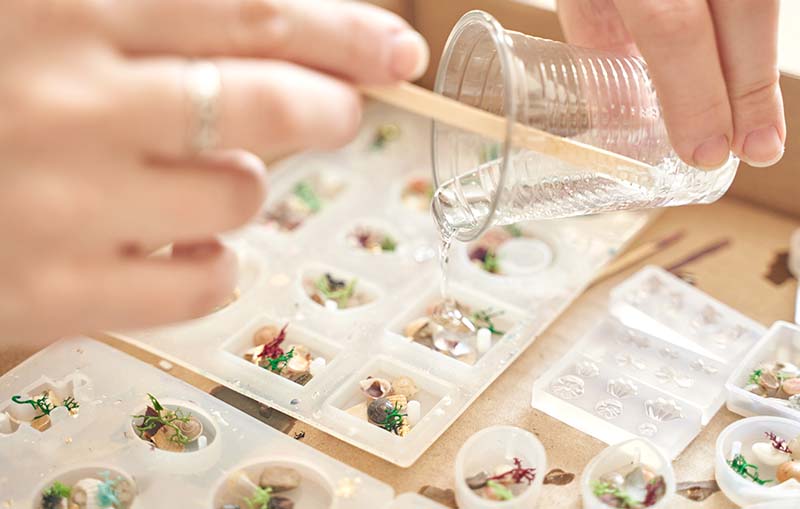
Most Common Types of Mold Materials
When it comes to mold making, choosing the right material is key to achieving the desired result. While silicone molds are particularly popular among resin artists, there are numerous other options available, each catering to specific applications.
1. Silicone Molds
Silicone molds are known for their flexibility, durability, and heat resistance. They are widely used in:
- Resin art
- Candle and soap making
- Concrete casting
- Baking and chocolate molding
Their ability to handle intricate details and complex shapes makes them a top choice for professional and hobbyist mold makers.
Silicone Molds vs. Other Mold Materials
| Feature | Silicone Molds | Latex Molds | Wooden Molds | Metal Molds |
|---|---|---|---|---|
| Flexibility | High | Medium | Low | None |
| Durability | High | Medium | High | Very High |
| Heat Resistance | High | Low | Medium | Very High |
| Ease of Use | Easy | Moderate | Difficult | Difficult |
| Reusability | High | Low | High | High |
| Cost | Moderate | Low | Low | High |
2. Latex Rubber Molds
Latex rubber molds are commonly used for casting plaster and concrete. While they are more affordable than silicone molds, they lack the same level of durability and elasticity.
They are best suited for simpler designs that don’t require extreme flexibility.
3. Wooden Molds
Wooden molds are durable and frequently used in industries such as:
- Soap making
- Concrete brick molding
- Construction (as shuttering molds)
While they offer a cost-effective alternative, they lack the flexibility of rubber-based molds, making them less ideal for intricate designs.
4. Alginate Molds
Alginate is primarily used in dentistry and life casting due to its quick-setting nature (typically within 2 to 10 minutes).
However, it is a one-time-use material and cannot be reused once set, making it less practical for mass production.
5. Metal Molds
Metal molds are commonly found in:
- Baking (e.g., cookie cutters)
- Industrial injection molding
They offer high durability and heat resistance, making them ideal for high-precision applications. Though metal molds can be expensive upfront, their longevity makes them a worthwhile investment.
Each mold material has its own strengths and is selected based on the intended use, durability requirements, and cost considerations.
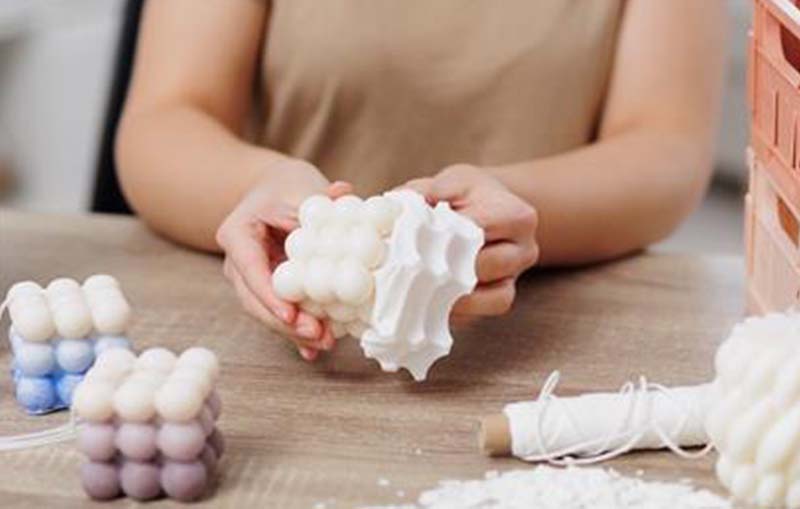
Factors That Influence Mold Pricing
If you’re planning to make or purchase molds, understanding the key cost factors can help you budget effectively. Here are the primary considerations:
1. Complexity of the Mold Design
The more intricate the design, the higher the cost. Molds with fine details require precision materials like high-grade silicone, increasing overall expenses.
2. Size of the Mold
Larger molds require more raw materials, making them more expensive. A small keychain mold, for example, costs significantly less than a full-sized sculpture mold.
3. Production Volume
If you’re making a single mold, a basic setup may suffice. However, if you need multiple molds for mass production, you’ll require durable and reusable materials, leading to higher costs.
4. Type of Mold
Block molds are relatively simple and affordable, whereas cavity molds and two-part molds demand more time and materials, driving up production costs.
5. Time and Labor Costs
Molds that take longer to produce require more labor, which adds to the overall cost. Highly complex molds may also require specialized machinery and skilled craftsmanship.
6. Raw Material Availability
The cost of mold-making materials can vary depending on location. Certain specialized materials may be more expensive or harder to source in specific regions.
7. Creativity and Uniqueness
If your mold design is particularly innovative or offers something unique, you can price it accordingly. Custom molds that stand out from standard designs often command a premium in niche markets.
- Food Grade Muffin Pan: Pan weights: 7.7 oz. Cup diameter top: 2.75 inch, cup depth: 1.1 inch
- Easy Baking And Release: Nonstick surface and flexible, easy to release and clean, this muffin tin is impermeable, practicality and durability
- FROM FREEZERS TO OVENS – Make your kitchen more efficient with this silicone ice cube tray with lid! Great for bone broth servings, recipes, meal prep, and portion-controlled meals,Aside from freezing…
- SUPER CONVENIENT PORTION CONTROL – 1 cup silicone freezer molds Each compartment is scaled with 125ml/4oz and 250ml/8oz marks, allowing for easier measuring when filling them. This makes prepping…
- 6Pcs Chocolates Silicone Mould 15 cavity,enough for your field and demand.
- Mold size 8.1in*4.3 in*0.55in, cavity size 1.2*11.2*0.5in small size,easy to store and clean.
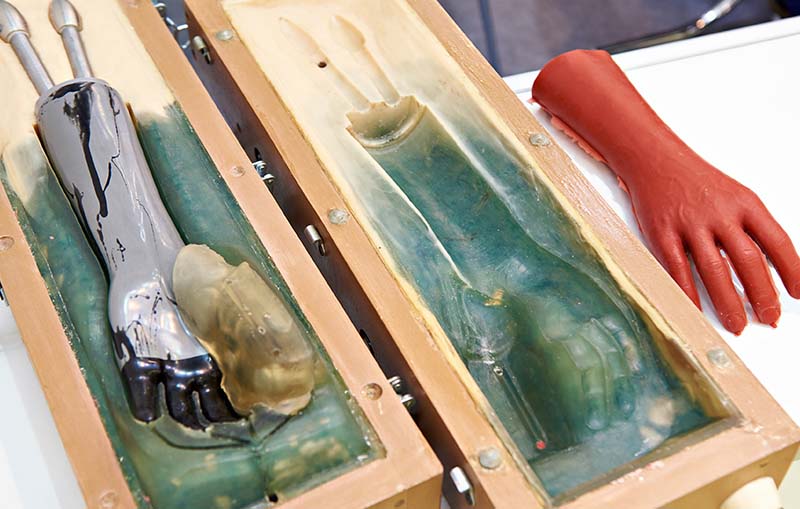
The Importance of Molds in Various Industries
Molds are indispensable in numerous industries, serving as the backbone of mass production and precision manufacturing. Here are some key sectors where molds play a vital role:
- Manufacturing: Essential for injection molding, die casting, and other industrial processes.
- Construction: Used for shaping concrete blocks, decorative elements, and architectural components.
- Food Industry: Enables mass production of chocolates, baked goods, and candies.
- Medical and Dental Fields: Helps create life casts, dentures, and other medical applications.
- Art and Design: Used for creating sculptures, resin art, and other creative projects.
Whether for large-scale production or small artistic endeavors, molds provide consistency, efficiency, and limitless possibilities for shaping materials into desired forms.
Final Thoughts on Molds
Molds are a fundamental part of modern production, enabling the efficient creation of countless objects we use every day.
Choosing the right mold material, understanding the cost factors, and recognizing their impact across various industries can help you make informed decisions, whether you’re a manufacturer, artist, or DIY enthusiast.
By leveraging the right mold-making techniques and materials, you can bring your creative or industrial projects to life with precision and efficiency.
- 【ENJOY DIY PROCESS】This Teddy Bear Holding Tulip Candle Mold.You can create your own masterpiece that can be used as a toy, or a beautiful artistic decoration for your home;Kids can paint a…
- 【SAFE FOOD GRADE MATERITL】Are made from quality food grade silicone,non toxic,no peculiar smell.The smooth inner surface of the molds ensures clear textures and easy demolding, enabling the…
- Perfect for jewelry makers, and lovers seeking professional grade tools for handmade accessories, gifts, or creative workshop projects
- Transform home studios or craft classes into artistic hubs by producing pendants, decorative ornaments, and statement jewelry pieces with reusable precisions
- Perfect for nails technicians, craft enthusiasts, and jewelry makers seeking to enhances manicures, phone cases, or handmade accessories with customizable relief decorations
- Ideal for crafting salon nails designs at home, decorating cosmetic glasses, or adding elegant floral accents to greeting cards and resin jewelry pieces
- Achieve salon results at home by pressing sculpting gel into the intricate pattern, curing under UV light, and customizing with glitters or colored polish for unique creations
- Create dimensional embellishments for themed manicures, resin jewelry projects, or decorative accents on greeting cards
- Use the mold to craft elegant resin pendants, decorate phone cases, enhances greeting cards, or create standout nails art embellishments, blending functionality with creative versatility for projects
- Achieve unflawed results every time fill the mold with UV gel or resin, cures under a lamp, remove cleanly, and add glitters or colors for unique, eye catching accents that embodies French inspired…
- ice cube trays for freezer: 2-Cup silicone food storage containers are made of food-grade silicone, Transparent silicone lid Tight fit soup containers ,make sure soup or liquids don’t wobble and…
- Portion Control Soup Containers For Meal Prep And Storage:These silicone food storage containers come with convenient fill lines at 1-cup, 2-cup, 250 mL, and 500 mL. A Single Soup Freezer Molds Allow…
- Compatible:Zorazio 9Cavities Silicone Dog Treat Mold with Lid are compatible with Woof Pupsicle & Power Chewer Pupsicle Dog Toy (10-25lbs)
- Create Dog Treat Balls for Your Pup: With Zorazio Silicone Dog Treat Mold with Lid, you can use your dog’s favorite ingredients, such as special peanut butter dog treat ball, dog grass mixed paste,…
- Professional nails technicians, craftsmen, and resin jewelry creators will appreciate the compatibility of this multi-purpose mold with gels/acrylic for detailed decorative production
- Achieve salt relief nails art or delicate resin pendants through its 0.5cm carving depth, designed with taped edges for clean gel removal and bubble release pattern transfer
- Achieve professional results by filling the mold with sculpting gel, curing under UV light, and finishing with glitters or polish for nails art charms and craft projects
- Create salon worthy manicures at home or design unique embellishments for phone cases, greeting cards, and accessories using this versatile nails stamping tool
- You will receive 1pc or 2pcs nails art mold, featuring exquisitely carved photo frame patterns that are both beautiful and practical. You can use simultaneously to different nails art decorations
- Suitable for craft enthusiasts, these silicone molds for nails art allow you to create fashion effects. Very suitable for people who enjoy trying nails art. Add artistic charm or showcase your skills
